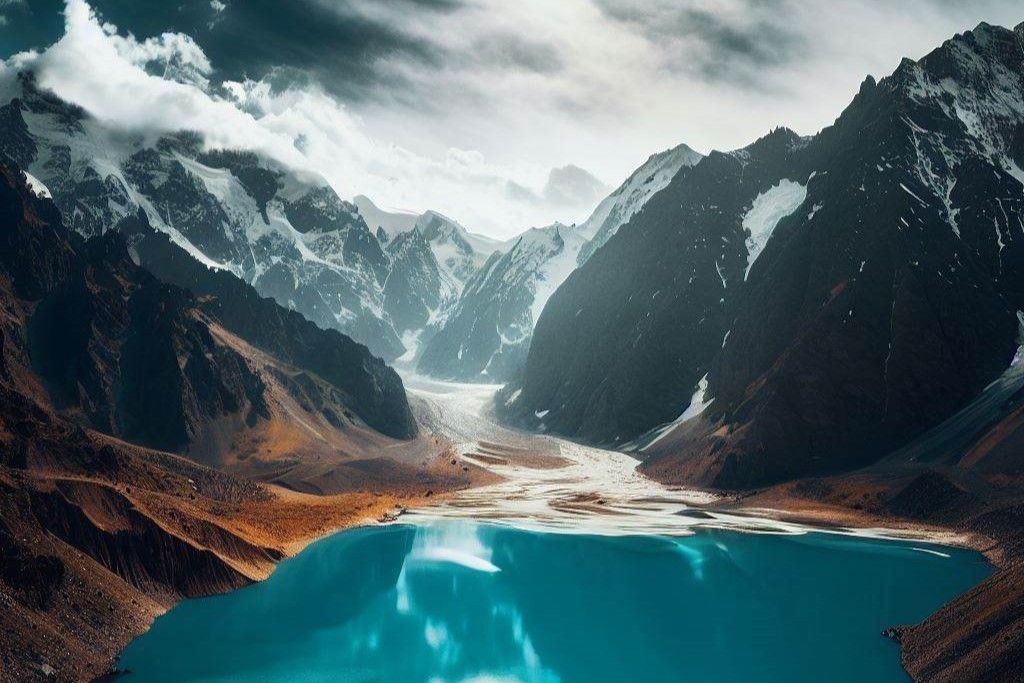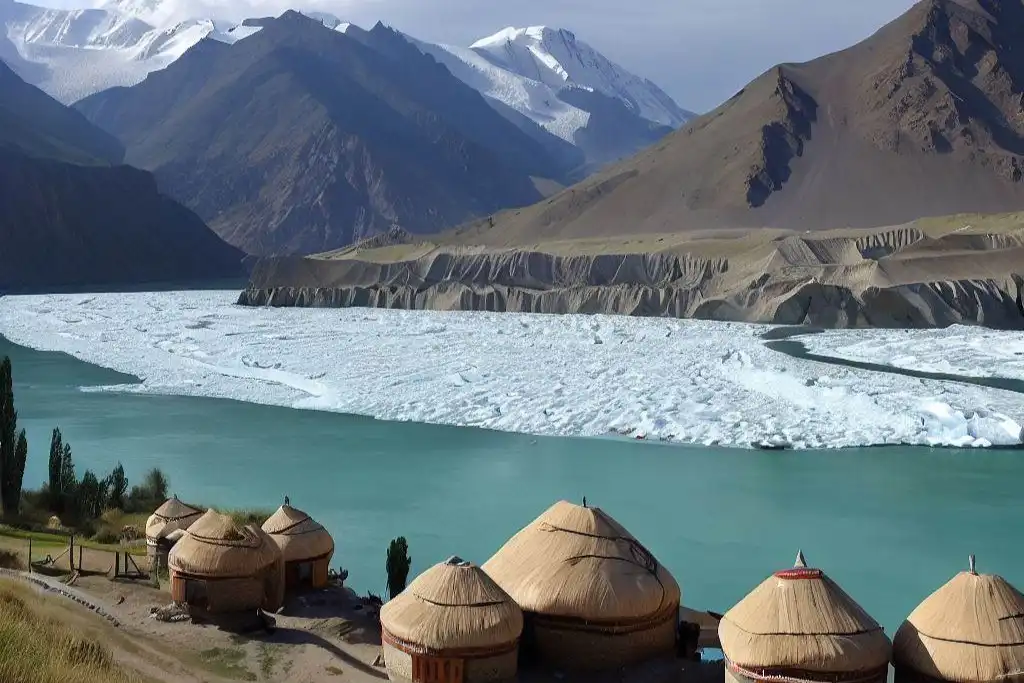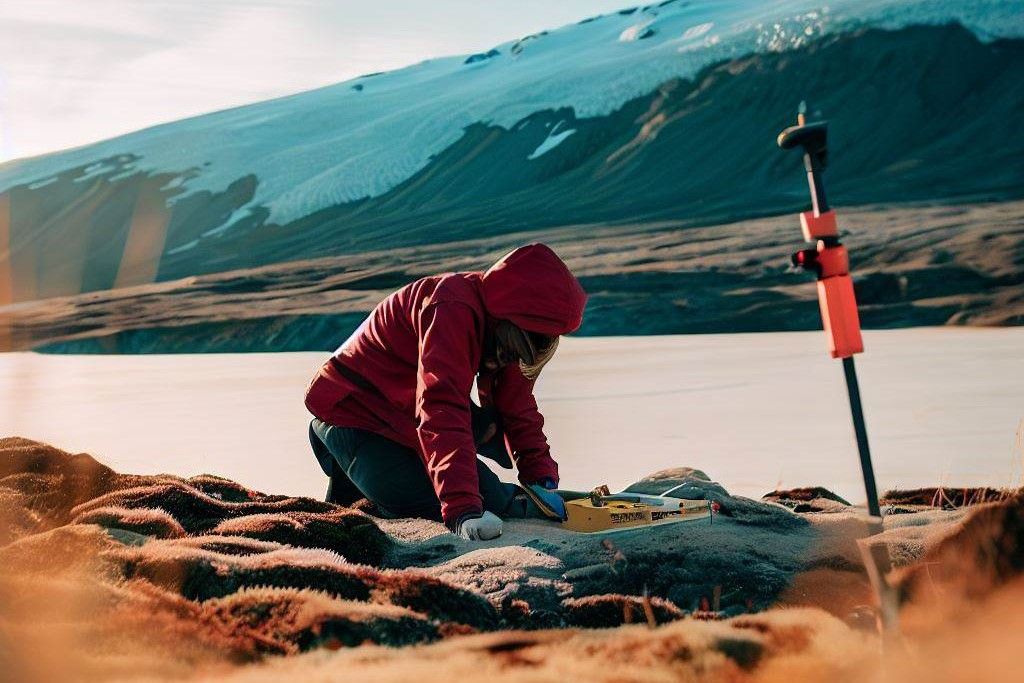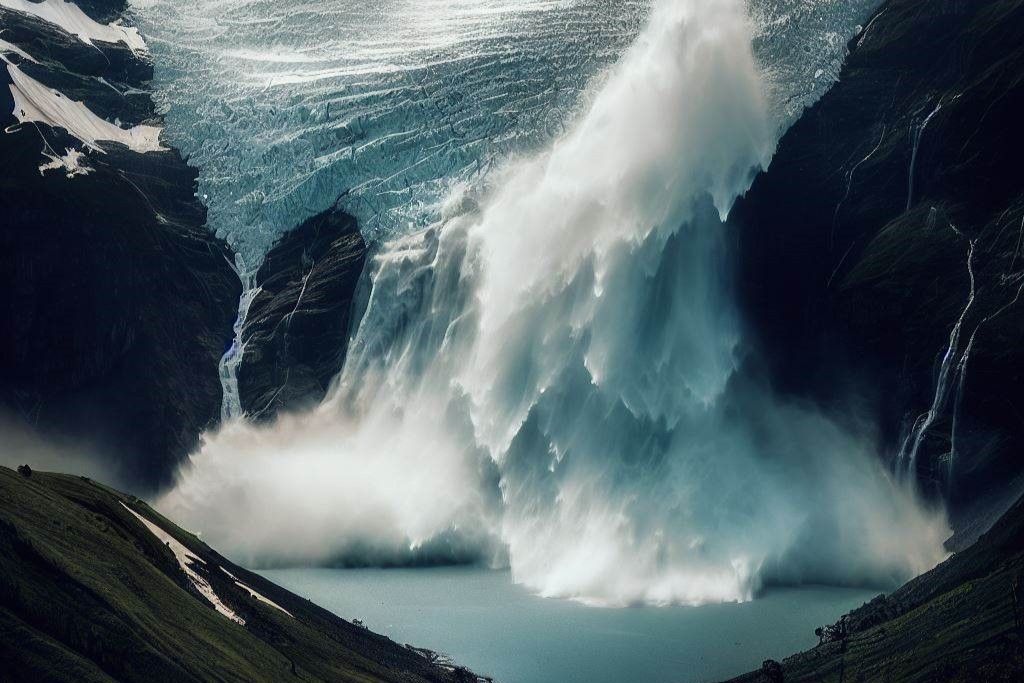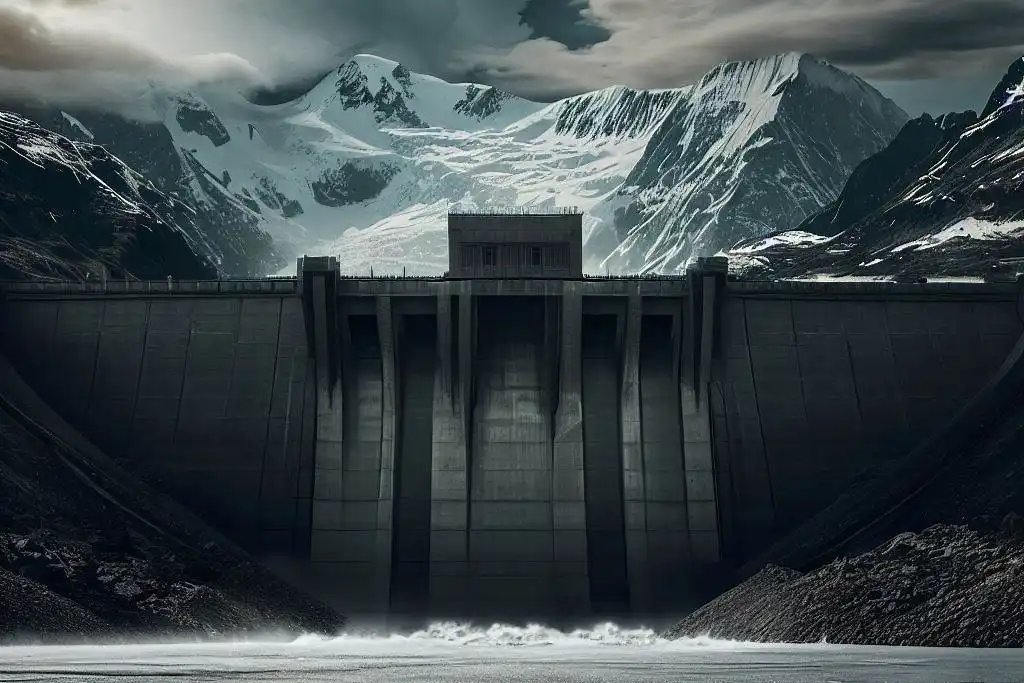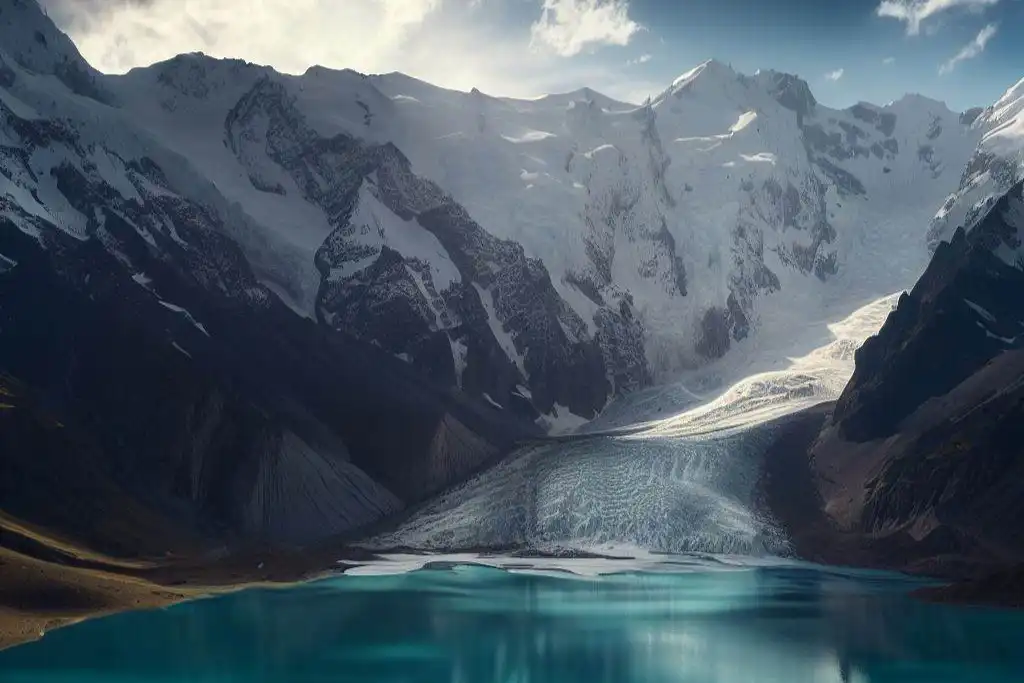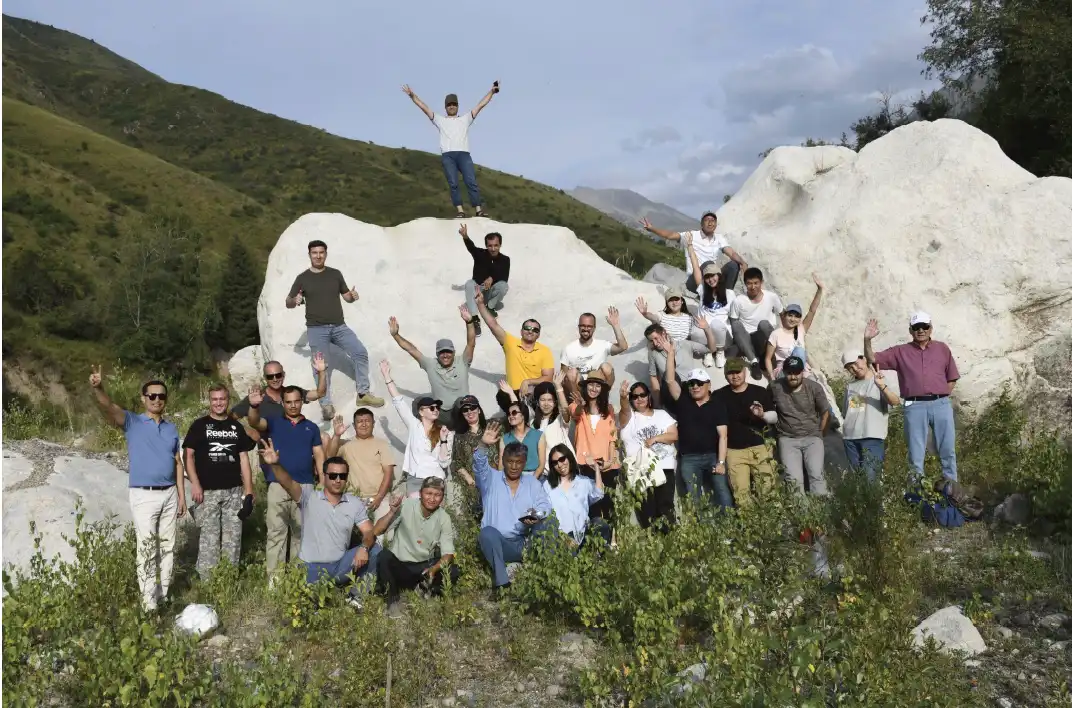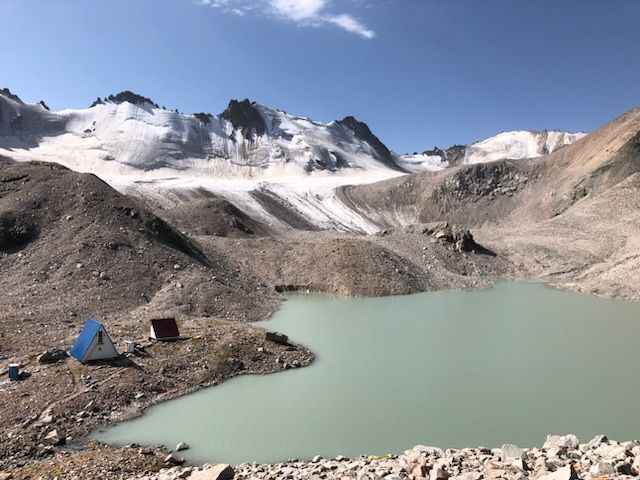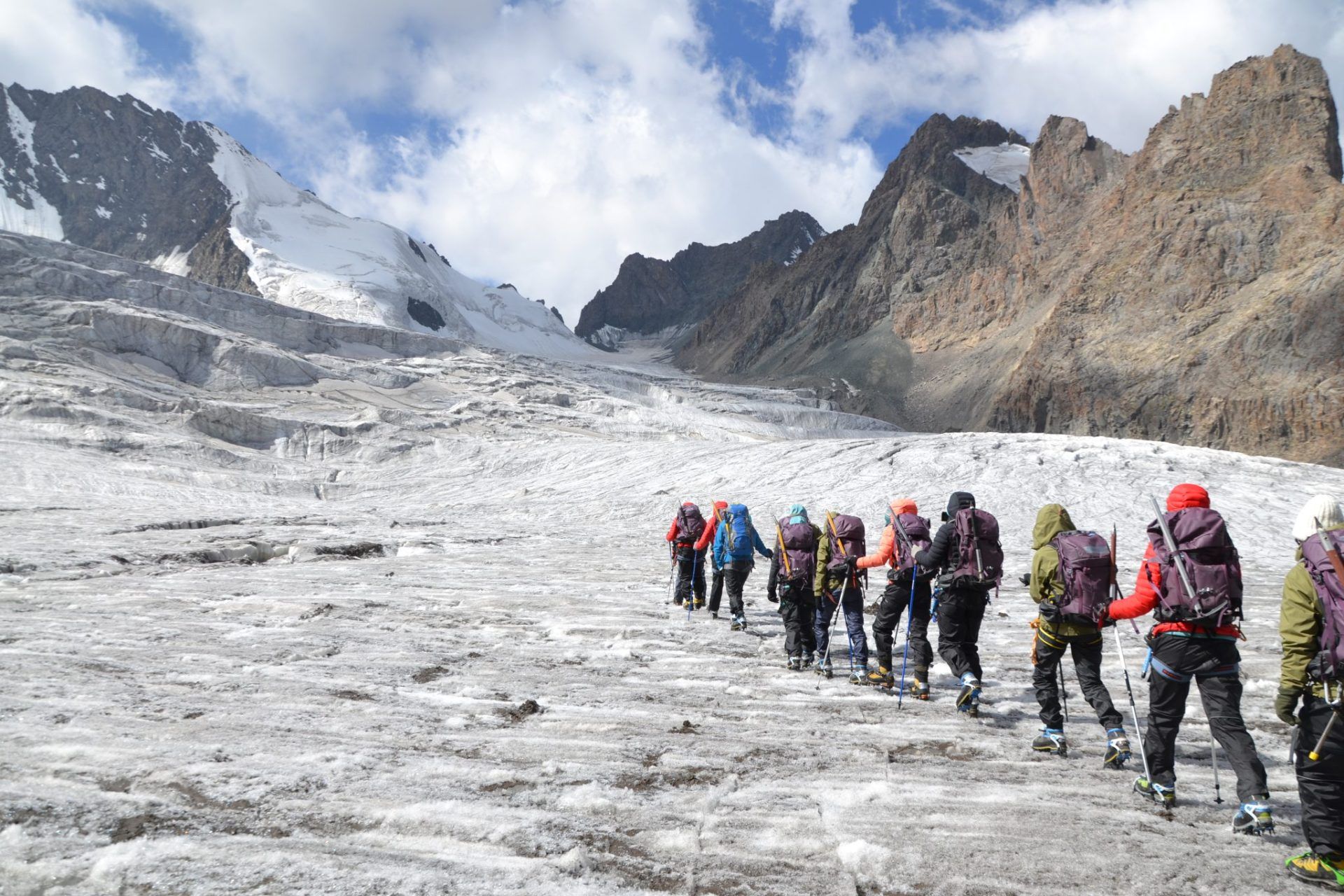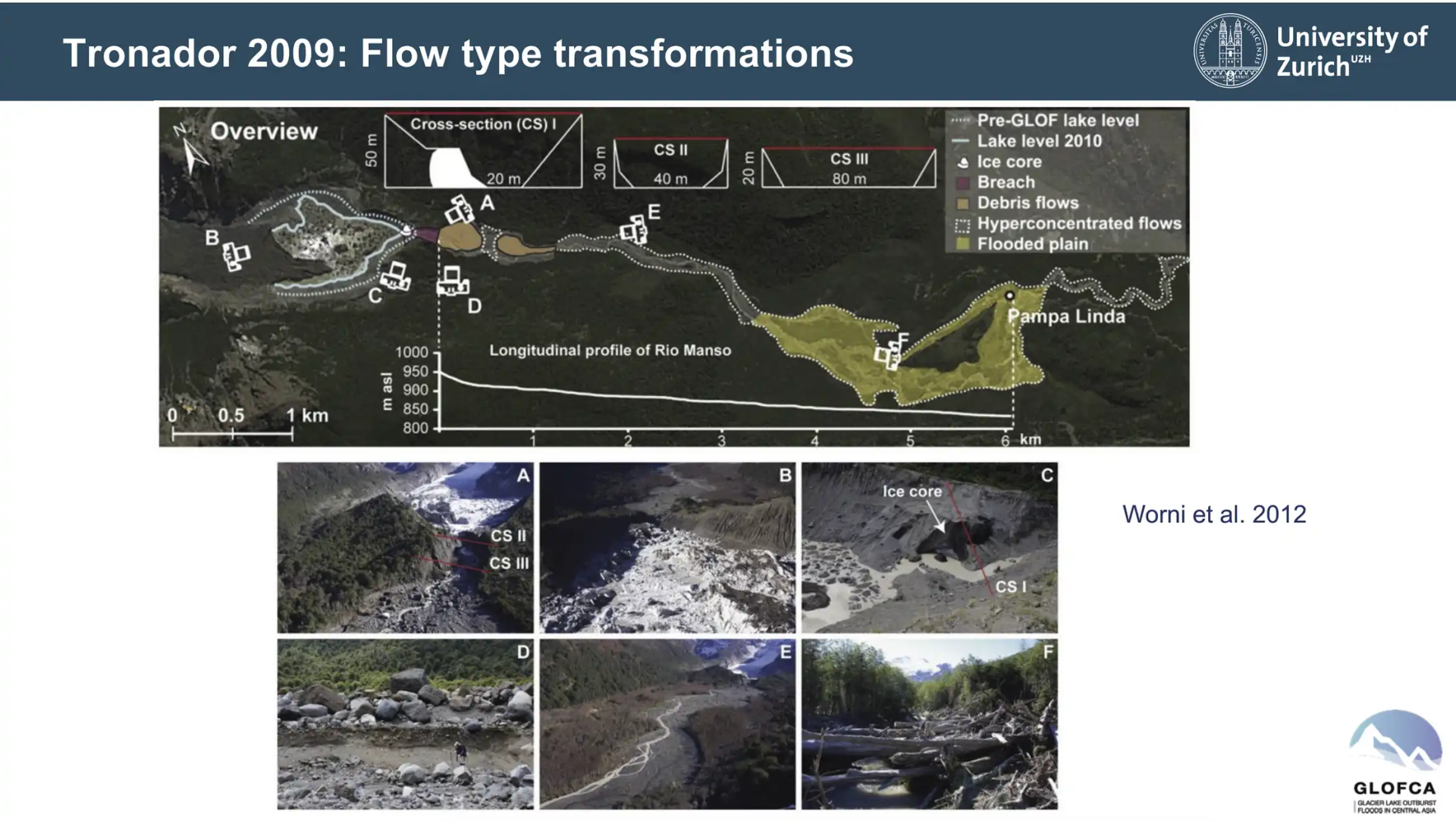The University of Zurich (UZH), in its role as lead implementing partner to the Executing Entity of UNESCO within the GLOFCA Project, organizes a technical training addressed to experts in the field of natural hazards management for the numerical modelling of rapid mass movements and glacier lake outburst floods in particular.A detailed prediction of the height, the velocity and the impact pressure of mass movements are the basis for natural hazard assessment.The software RAMMS was specially designed to provide practitioners with a tool that can be applied to analyze problems that cannot be solved with one-dimensional models.RAMMS is a reliable numerical simulation tool yielding runout distance, flow heights, flow velocities and impact pressure of dense flow snow avalanches, hillslope landslides, glacier lake outburst floods (GLOFs) and debris flows.link: httpss://ramms.slf.ch/ramms/
The course is divided in two introductory webinars and a face-to-face workshop, which will be held in Almaty.
On the 16th of Mai 2022, the first webinar took place.The four panelist, Prof. Christian Huggel, Dr. Perry Bartelt, Dr. Holger Frey and Dr. Alessandro Cicoira introduced general topics from disaster risk reduction and numerical modelling of rapid mass movements.
Examples from different continents and different types of mass movements were covered, including snow avalanches, rockfalls, and GLOFs.
A large audience of almost 50 experts from the four Republic in Central Asia participated to the training.
On the 1st of June, the second webinar took place.The participants heard about the challanges and the assumptions used in the model from Dr. Brian McArdel.Also, two examples of mass movements from the Swiss Alps were examined in detail to illustrate the functionality and the potential of the model.The participants had the chance to get training on how to deal with highly relevant objects and obstacles such as houses, but also with low friction areas, such as roads.
Thanks to all the organizers from the UNESCO Almaty, the University of Zurich, the WSL-SLF institute, the translators, and all the interested participants, the two events were a success.These two webinars pave the road for the upcoming workshop that will be held in Almaty from the 27th to the 30th of June.There, the participants will have the opportunity to work with international experts on GLOFs modelling, follow hands-on exercises, and autonomously develop their own study cases.
On the last week of July 2022, 23 participants from the four Central Asia Republics participated in a training on numerical modelling of Glacier Lake Outburst Floods (GLOF).
The event was organized by the University of Zurich (Alessandro Cicoira), the Snow and Avalanche Research Centre SLF in Davos (Perry Barlet, Jessica Munch, Olga Gorynina) and the UNESCO office in Almaty (Natalia Kim and Gulnaz Abdaliyeva), with additional help of the State Institute Kazselezashita under Ministry of Emergency Situations of the Republic of Kazakhstan (Murat Kassenov).
The participants were accurately selected amongst national authorities, research centers and universities, where professional personnel is currently working for mitigating GLOF risk.
The participants had the opportunity to learn how to use the software RAMMS. During the first day, several lectures about flow dynamics, GLOF breaching and open access data provided the basis for the rest of the training. All the participants learnt how to simulate rapid mass movements. Despite some theory being indispensable, the workshop room got warmer up quickly due to the heat generated by the computers. By the morning of the second day, everybody knew how to obtain its own data and independently run a numerical simulation.
The second day of the training an interesting field visit led by Mr Murat Kassenov brought the participants to the catchment of Talgar. There, the experts from the State Institute Kazselezashita and from the University of Zurich discussed mitigation measures, GLOF dynamics and numerical modelling keeping in mind the potential and the limitations of the software used in the course.
The following two days were very busy, with the participants working briskly in order to obtain the maximum out of this block course. Many simulations have been performed, including the four pilot sites of the GLOFCA Project. The participants also simulated successfully with the help of the teachers some other case studies relevant for their work.
During the last day of the training, in a conference fashion, each country presented their own study cases, the success and the problems that they encountered during the course. Finally, official learning certificates were endorsed to the participants, who will continue to work with the software in their professional and academic life. The institutions participating to the course are now equipped with 4 years licenses and ongoing support for their work.
The course served at providing the fundamental basis for numerical simulations of GLOFS, but it also worked as a very effective international networking platform, both on a professional and personal level. Many collaborations have been discussed already and more will likely follow, in the best interest of capacity building, development and cooperation.
В последнюю неделю июля 2022 года 23 участника из четырех республик Центральной Азии приняли участие в тренинге по численному моделированию паводков от прорыва ледниковых озер (ППЛО).
Мероприятие было организовано Цюрихским университетом (Алессандро Чикойра), Центром исследований снега и лавин SLF в Давосе (Перри Барлет, Джессика Мунк, Ольга Горынина) и Кластерным бюро ЮНЕСКО в Алматы (Наталья Ким и Гульназ Абдалиева) при дополнительной помощи Государственного учреждения “Казселезащита” при Министерстве Чрезвычайных ситуаций Республики Казахстан.
Участники были тщательно отобраны среди национальных органов власти, исследовательских центров и университетов, где в настоящее время работают профессиональные кадры по снижению риска ППЛО.
Участники имели возможность научиться пользоваться программным обеспечением RAMMS. В течение первого дня лекции о динамике потока, ППЛО и данных открытого доступа послужили основой для остальной части тренинга. Все участники научились моделировать быстрые движения масс. Несмотря на то, что без теории было не обойтись, помещение семинара быстро нагревалось из-за тепла, выделяемого компьютерами. К утру второго дня все знали, как получить собственные данные и самостоятельно запустить численное моделирование.
На второй день тренинга состоялся интересный полевой выезд участников на водосборный бассейн Талгара под руководством г-на Мурата Касенова. Там эксперты из Государственного учреждения “Казселезащита” и Цюрихского университета обсудили меры по смягчению последствий, динамику ППЛО и численное моделирование, учитывая потенциал и ограничения программного обеспечения, используемого в курсе.
Последующие два дня были очень насыщенными, участники работали в напряженном режиме, чтобы получить максимум от этого курса. Было проведено много симуляций, включая четыре пилотных территории проекта GLOFCA. Участники также успешно смоделировали с помощью преподавателей некоторые другие тематические исследования, имеющие отношение к их работе.
В последний день тренинга, который прошел в форме конференции, каждая страна представила свои учебные примеры, успехи и проблемы, с которыми они столкнулись во время курса. Наконец, были вручены официальные сертификаты об обучении участникам, которые будут продолжать работать с программным обеспечением в своей профессиональной и академической жизни. Учреждения, участвовавшие в курсе, теперь обеспечены лицензиями на 4 года и постоянной поддержкой их работы.
Курс послужил фундаментальной основой для численного моделирования ППЛО, а также стал очень эффективной платформой для налаживания международных связей, как на профессиональном, так и на межличностном уровне. Уже обсуждались многие вопросы сотрудничества, и, скорее всего, их станет еще больше, в интересах наращивания потенциала, развития и сотрудничества.
